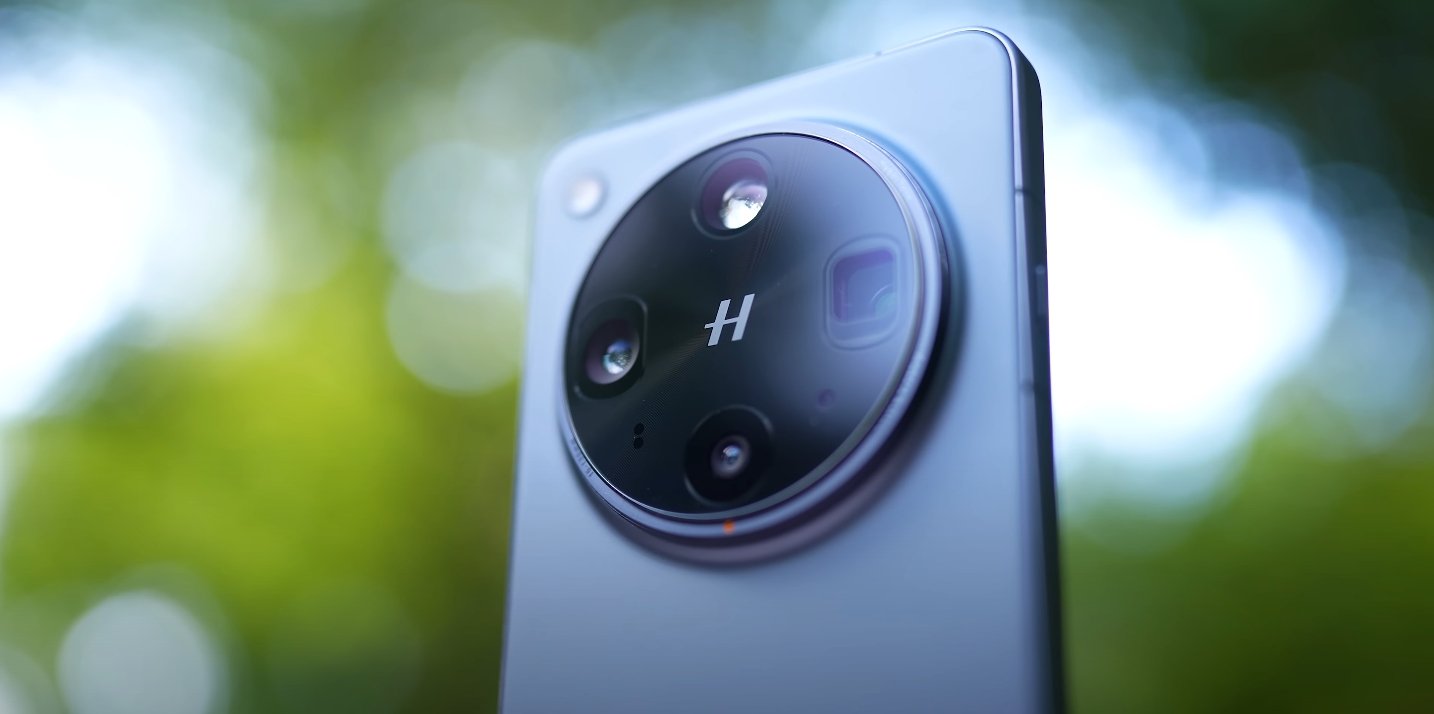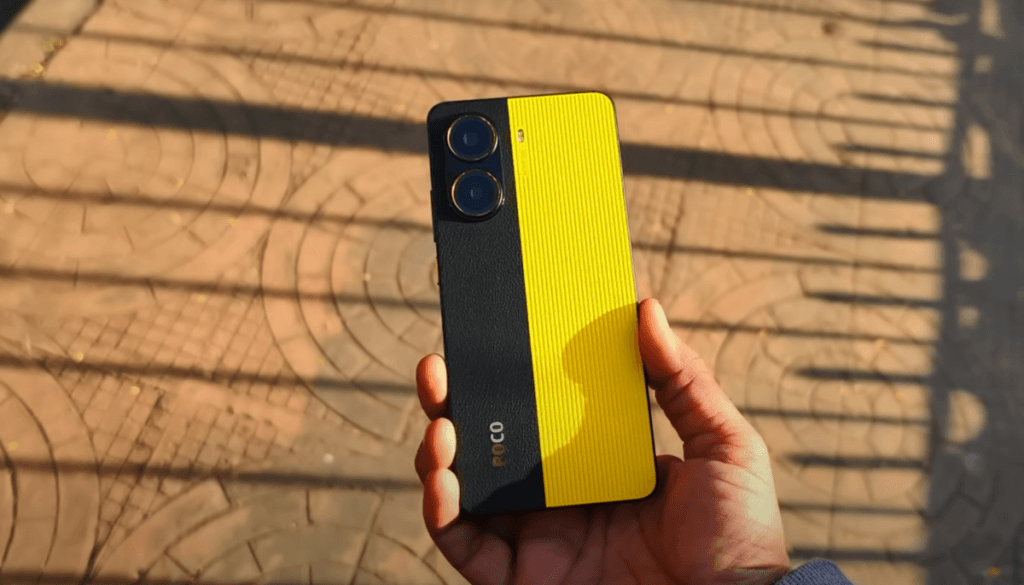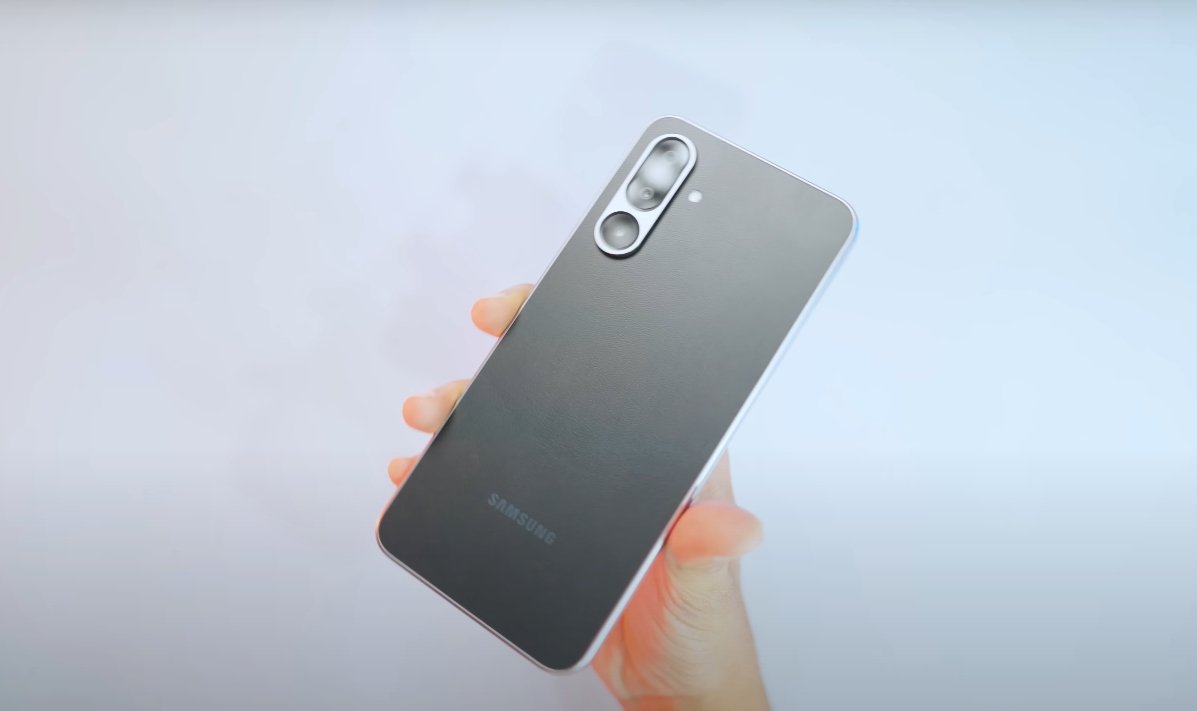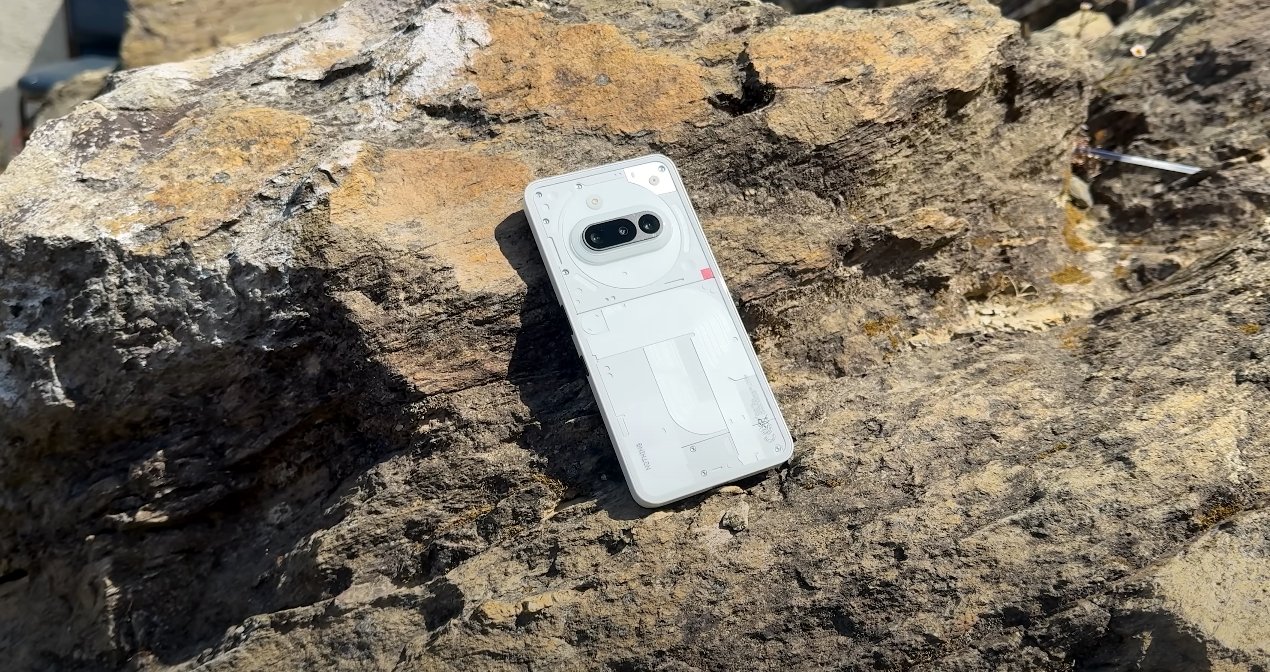Oppo Find X8 Ultra vs OnePlus 13: Early Benchmark Performance Analysis
The Oppo Find X8 Ultra and OnePlus 13 are two of the most anticipated flagship smartphones of 2025. Both devices are powered by the next-generation Snapdragon 8 Elite chipset, and early benchmark leaks have given enthusiasts a first look at how these devices compare in raw performance, thermal efficiency, and software optimization. As the competition between Oppo and OnePlus continues to intensify, early benchmark data reveals subtle yet important differences between the two devices.
According to the early leaks, the Oppo Find X8 Ultra achieves impressive results in synthetic benchmark tests. On Geekbench 6, the device reportedly scores around 3,134 in the single-core test and approximately 9,176 in the multi-core test. These figures place it firmly in the upper tier of smartphone performance for 2025, showcasing the efficiency and power of the Snapdragon 8 Elite processor. The results also reflect Oppo’s focus on balancing speed with thermal management, ensuring the device can sustain its performance under heavy workloads.
In comparison, the OnePlus 13 has shown slightly higher numbers in leaked benchmarks. Its Geekbench 6 scores reach approximately 3,236 in single-core and 10,049 in multi-core performance. These results indicate that OnePlus has managed to squeeze out a bit more efficiency from the same chipset, possibly due to refined system tuning and memory management. The higher multi-core score suggests better optimization for parallel processing tasks, which could translate to smoother multitasking and improved performance in demanding applications like gaming, video rendering, and AI-based workloads.

When it comes to GPU benchmarks, both the Oppo Find X8 Ultra and OnePlus 13 perform remarkably well, thanks to the Adreno 830 GPU integrated within the Snapdragon 8 Elite platform. Early results suggest that both devices comfortably handle demanding games at high frame rates and deliver exceptional graphics performance. However, OnePlus appears to have a slight advantage in sustained performance tests, maintaining higher frame stability during long gaming sessions. Oppo’s Find X8 Ultra, while equally powerful, prioritizes thermal control to prevent overheating, making it ideal for users who prefer consistent performance without excess heat buildup.
Thermal management plays a crucial role in overall performance, and both smartphones approach it differently. The Oppo Find X8 Ultra uses an advanced vapor chamber cooling system combined with a multi-layer graphite setup to dissipate heat efficiently. This helps maintain stable temperatures during gaming or heavy workloads. OnePlus 13, on the other hand, uses a redesigned heat dissipation architecture that focuses on long-term stability rather than short bursts of high performance. The difference is subtle but noticeable in extended testing — Oppo remains cooler under peak load, while OnePlus sustains its higher performance for longer durations before throttling occurs.
In real-world usage scenarios, both smartphones deliver fluid experiences. App launch times, background task management, and gaming performance are nearly identical, though the OnePlus 13’s slightly higher multi-core score gives it a minor edge in multitasking. Oppo compensates for this with superior optimization in ColorOS 16, which runs on top of Android 16. The system uses AI-driven task allocation to ensure smooth operation even under high loads. OnePlus 13 runs OxygenOS 15, which is known for its lightweight and clean interface. OxygenOS continues to prioritize speed and minimalism, making the OnePlus 13 feel fast and responsive even during intensive usage.
Battery performance and efficiency also show subtle differences. The Oppo Find X8 Ultra comes with a 6,100mAh battery supported by 100W wired and 50W wireless charging. The OnePlus 13, in comparison, features a slightly smaller 5,500mAh battery with 80W wired and 50W wireless charging. Both devices handle power consumption efficiently due to the Snapdragon 8 Elite’s improved fabrication process. In early endurance tests, the Find X8 Ultra tends to last slightly longer under identical workloads, thanks to its larger battery and optimized thermal system that minimizes energy loss during high-performance tasks.
These early benchmarks also highlight how Oppo and OnePlus target different priorities despite using similar hardware. Oppo emphasizes stability, temperature control, and all-day performance, while OnePlus aims to deliver maximum peak output and faster response times. This distinction will likely appeal to different user types — gamers and performance enthusiasts may favor the OnePlus 13 for its raw power, whereas professionals and multimedia users might prefer the Oppo Find X8 Ultra for its consistent and balanced performance.
In conclusion, the early benchmark leaks indicate that both the Oppo Find X8 Ultra and OnePlus 13 are among the top-performing Android smartphones of 2025. The Oppo Find X8 Ultra impresses with its efficient thermal management, balanced performance, and longer battery life, making it ideal for users seeking reliability and endurance. The OnePlus 13 leads slightly in raw benchmark numbers, particularly in multi-core and sustained GPU performance, appealing to users who value speed and responsiveness above all else. As both devices near their official launch, it’s clear that the competition between Oppo and OnePlus will once again set a new standard for flagship Android performance in 2025.
Also Read: Motorola Edge 70 full specifications leaked ahead of launch








